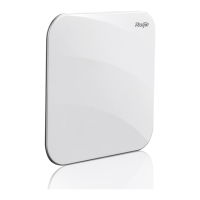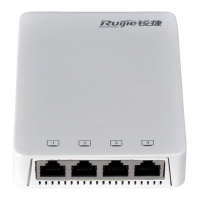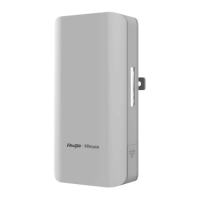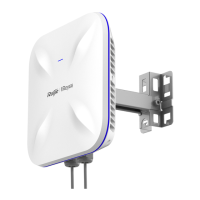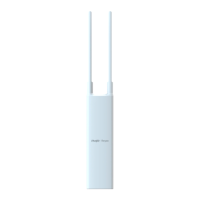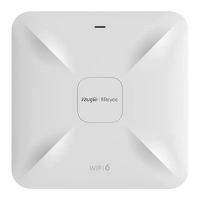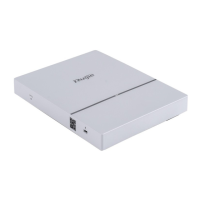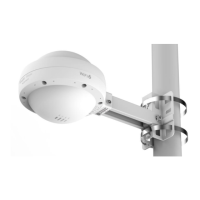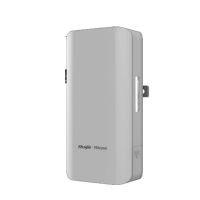Configuration Guide Configuring Network Communication Test Tools
the message, the first router on the path decreases the TTL by 1. As the TTL becomes 0, the router drops the packets and
returns an ICMP time exceeded message to the network device. After receiving this message, the traceroute tool learns that
this router exists on this path, and then sends an ICMP Request packet with TTL 2 to the destination host to discover the
second router. Each time the traceroute tool increases the TTL in the ICMP Request message by 1 to discover one more
router. This process is repeated until a data packet reaches the destination host. After the packet reaches the destination
host, the host returns an ICMP Echo message instead of an ICMP time exceeded message to the network device. Then, the
traceroute tool finishes the test and displays the path from the network device to the destination host.
Related Configuration
Run the traceroute command.
7.4 Configuration
(Optional) It is used to check whether an IPv4 or IPv6 address is reachable.
Executes the Ping function.
(Optional) It is used to display the gateways that IPv4 or IPv6 packets pass through
when transmitted from the source to the destination.
Executes the traceroute function.
7.4.1 Ping Test
Configuration Effect
After conducting a ping test on a network device, you can learn whether the network device is connected to the destination
host and whether packets can be transmitted between the network device and the destination host.
Notes
The network device must be configured with an IP address.
Configuration Steps
To check whether an IPv4 address is reachable, use the ping IPv4 command.
To check whether an IPv6 address is reachable, use the ping IPv6 command.
Verification
Run the ping command to display related information on the command line interface (CLI) window.
Related Commands
Ping IPv4
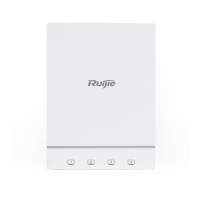
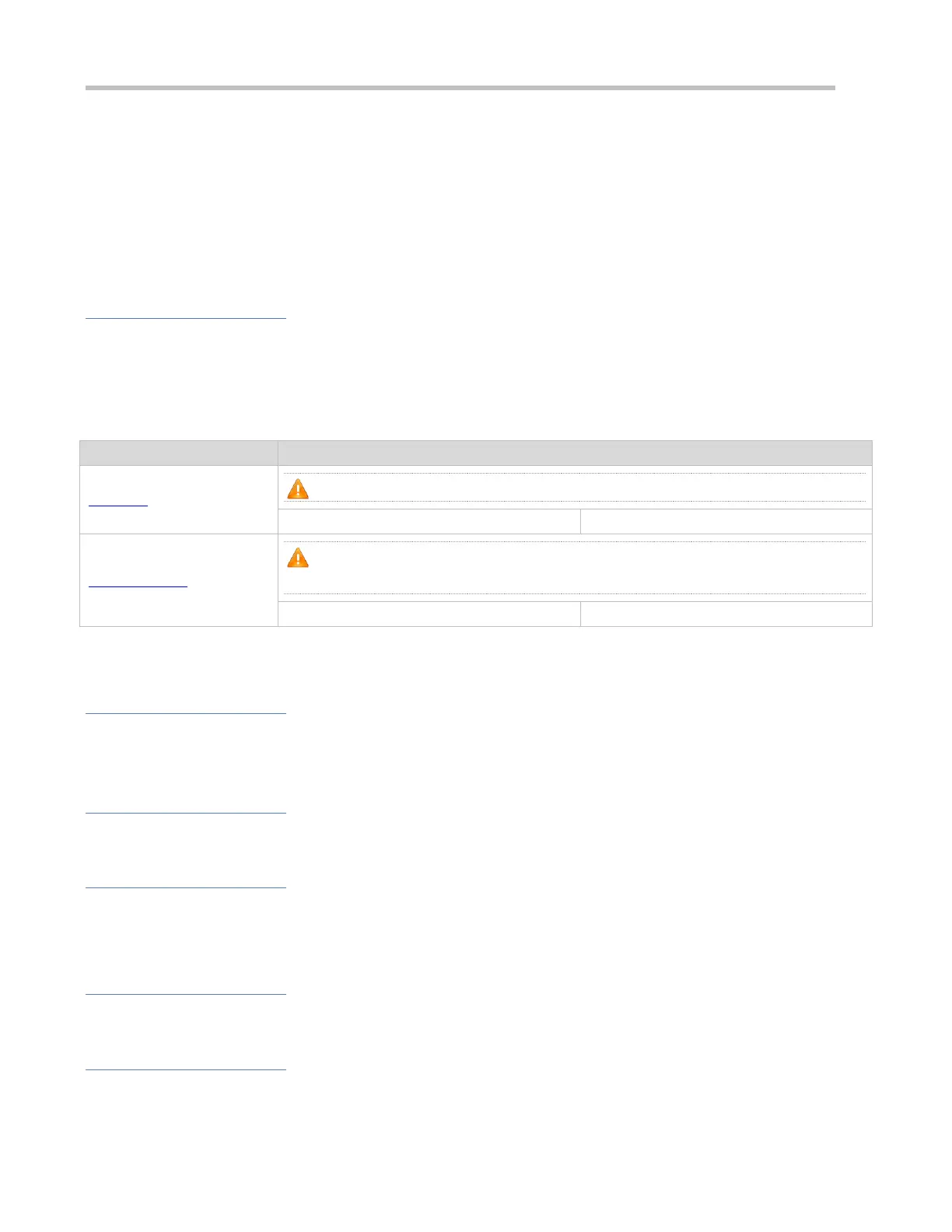